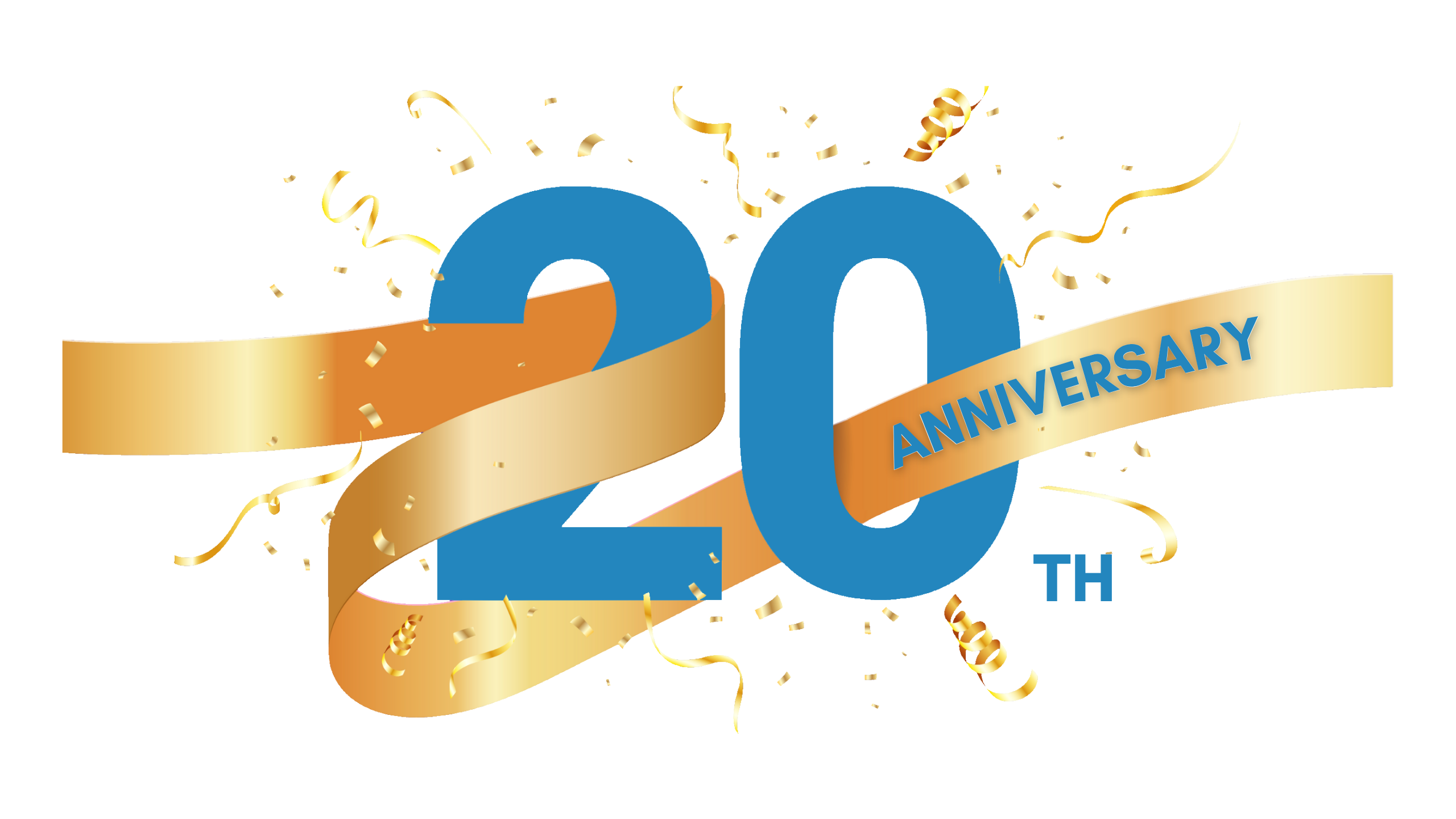* Terms and Conditions apply.


The SAT Reasoning Test is required for virtually all universities in the US. The test is one of five major components of a student’s application, the other four being test/school grades, extra-curricular activities, teacher recommendations and personal essays. Students generally take the test once or twice in the year they intend to submit their university applications. The SAT consists of three major sections: Math, Reading and Writing, each scored between 200 and 800 for a total maximum score of 2400. While top universities largely disregard applicants who score below 2000, most American universities look for a score above 1600 as evidence of English proficiency and university-caliber reasoning skills.
 For the Math section, students are expected to recall basic properties and definitions of numbers. Some international students may need to familiarize themselves with US-specific terms such as absolute value. As a broad overview, students should review algebra, linear and quadratic graphs/functions, geometry (up to basic trigonometry), probability and statistics.
For the Math section, students are expected to recall basic properties and definitions of numbers. Some international students may need to familiarize themselves with US-specific terms such as absolute value. As a broad overview, students should review algebra, linear and quadratic graphs/functions, geometry (up to basic trigonometry), probability and statistics.

For the Reading section, students should begin to absorb vocabulary lists at least 3 months prior to their test date. This is vital to the sentence completion portions of the test. An improved vocabulary also helps students with the reading segments, for which students should prepare by dissecting arguments.
For the Writing section, students will have to review (or learn for the first time) the fundamentals of English grammar. These rules help students identify sentence errors, improve sentences and write a short, concise persuasive essay. Students should prepare for the essay by constructing arguments.
The SAT is a long test, it is largely multiple choice and its questions are worded to baffle test takers. It is often difficult for students to adjust to this format, so students should review past tests before writing the actual exam. Generally, three months of preparation are advantageous for all students.
In these three months, students have three major goals. First, they should solidify their math and grammar foundations while expanding their vocabulary. Second, students learn to navigate the SAT’s many tricks and traps. Finally, students should practice the exam in under timed conditions to heighten their mental endurance much like a runner would physically train for a marathon.
If you’d like to know more about our SAT mock exams and how ITS can help you or your student prepare for the SAT/apply to US Universities, please visit https://www.itseducation.asia/sat/
www.collegeboard.com